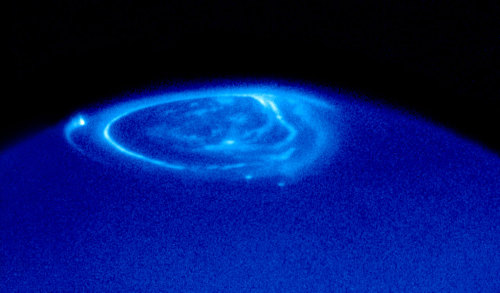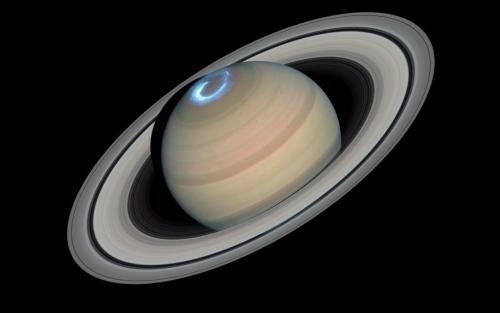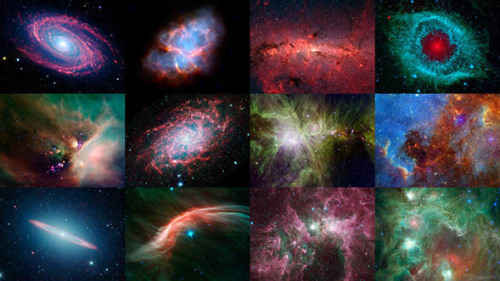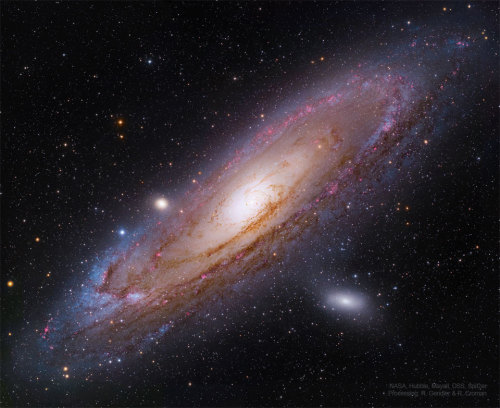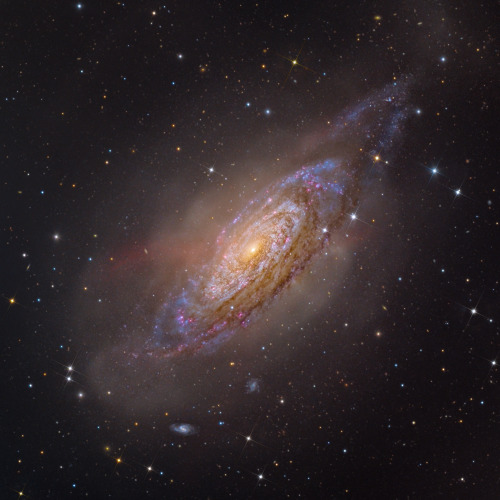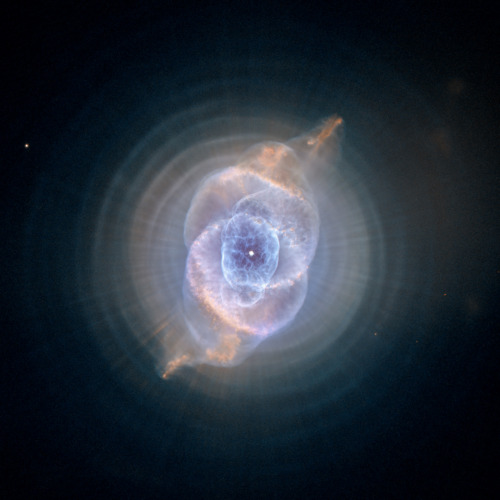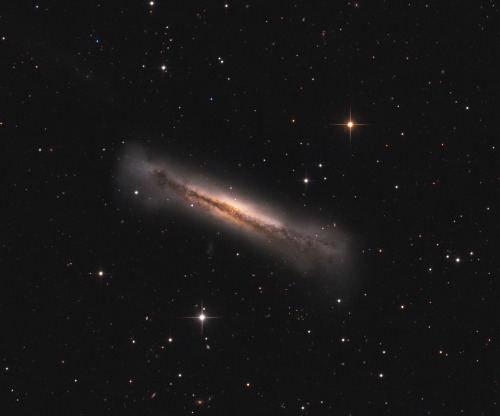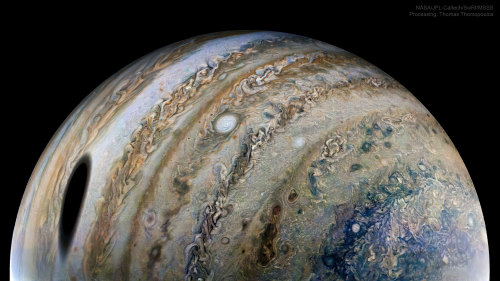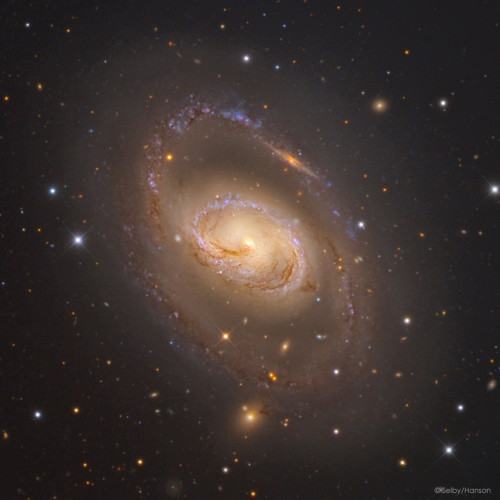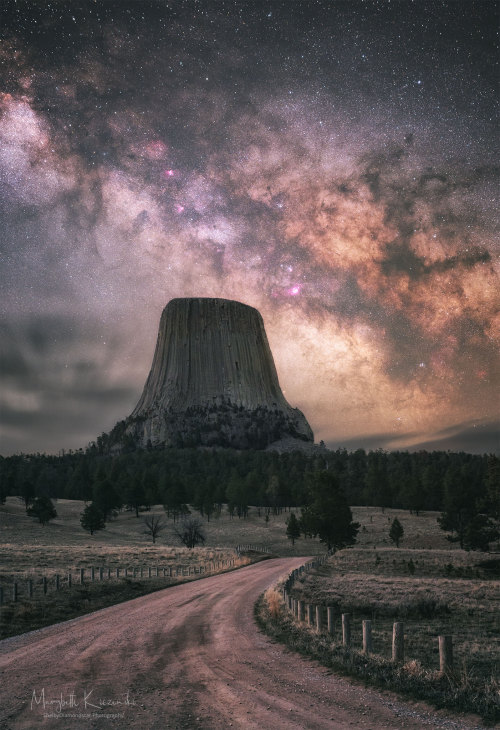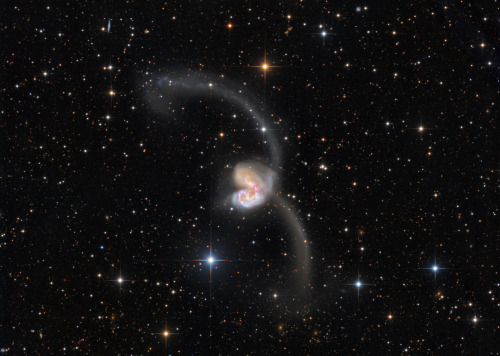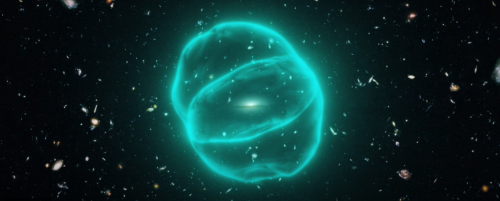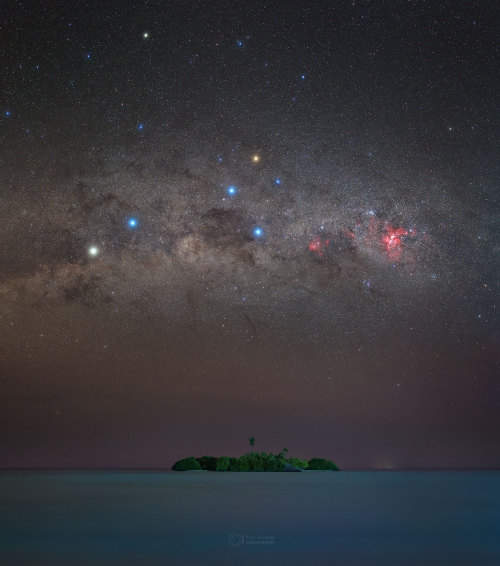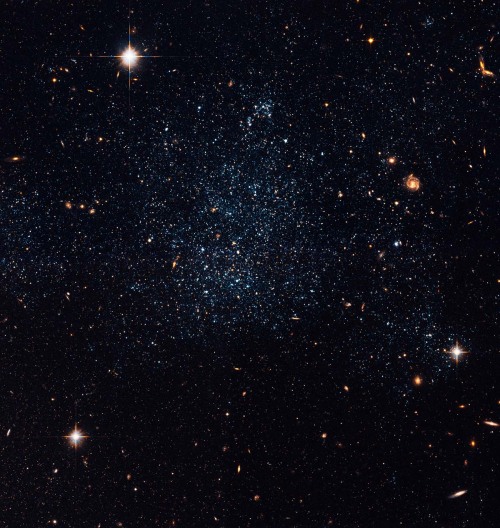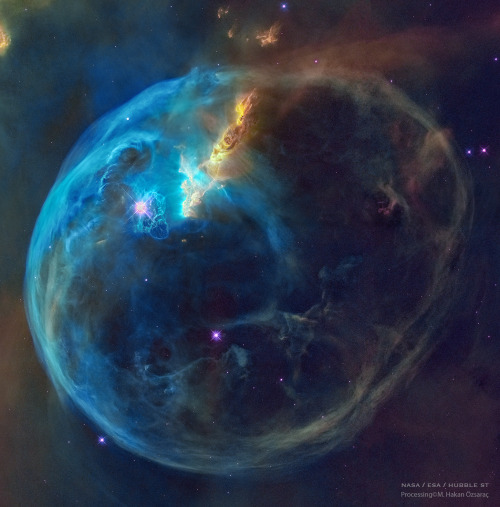#space telescope

What will become of Jupiter’s Great Red Spot? Gas giant Jupiter is the solar system’s largest world with about 320 times the mass of planet Earth. Jupiter is home to one of the largest and longest lasting storm systems known, the Great Red Spot (GRS), visible to the left. The GRS is so large it could swallow Earth- but it has been shrinking. Comparison with historical notes indicate that the storm spans only about one third of the exposed surface area it had 150 years ago. NASA’s Outer Planets Atmospheres Legacy (OPAL) program has been monitoring the storm more recently using the Hubble Space Telescope. The featured Hubble OPAL image shows Jupiter as it appeared in 2016, processed in a way that makes red hues appear quite vibrant. Modern GRS data indicate that the storm continues to constrict its surface area, but is also becoming slightly taller, vertically. No one knows the future of the GRS, including the possibility that if the shrinking trend continues, the GRS might one day even do what smaller spots on Jupiter have done – disappear completely.
Image Credit: NASA, ESA, Hubble, OPAL Program, STScI; Processing: Karol Masztalerz



New design inspired by the gorgeous IRAM 30m Radio Telescope in Spain. Available to wear as a pin brooch, necklaces and earrings!
Today is the last official dayofNASA’s Spitzer Space Telescope mission <sniff>. Launched over 16 years ago, Spitzer brought the infrared universe to the forefront as one of NASA’s Great Observatories. It studied everything from our own solar systemtothe Milky Way to some of the most distant galaxies. It mapped the first “weather map” of an exoplanet, refined the density estimates for the seven planets in the TRAPPIST-1 system, and found the largest molecules known to exist in space, aka Buckyballs. I could go on and on and on!
In celebration of this amazing mission, Science Socksmadethese awesome socks so you can trap your own infrared radiation and keep your feet warm in memory of Spitzer! BONUS, $2 from every sale is donated to STEM for Her - a non-profit in the D.C. area that promotes education to create awareness, excitement, and opportunities among girls and young women to pursue successful STEM-related careers.
If you’re not ready to say goodbye just yet, you can relive some of this phenomenal mission with this tribute video and learn more about 15 of Spitzer’s greatest discoveries here.
- Summer
Post link
Comparison between the recent JWST image and a Spitzer Telescope image of the same star.
The Once and Future Stars of Andromeda (NASA Astronomy Picture of the Day of May 23 of 2022)
Post link

